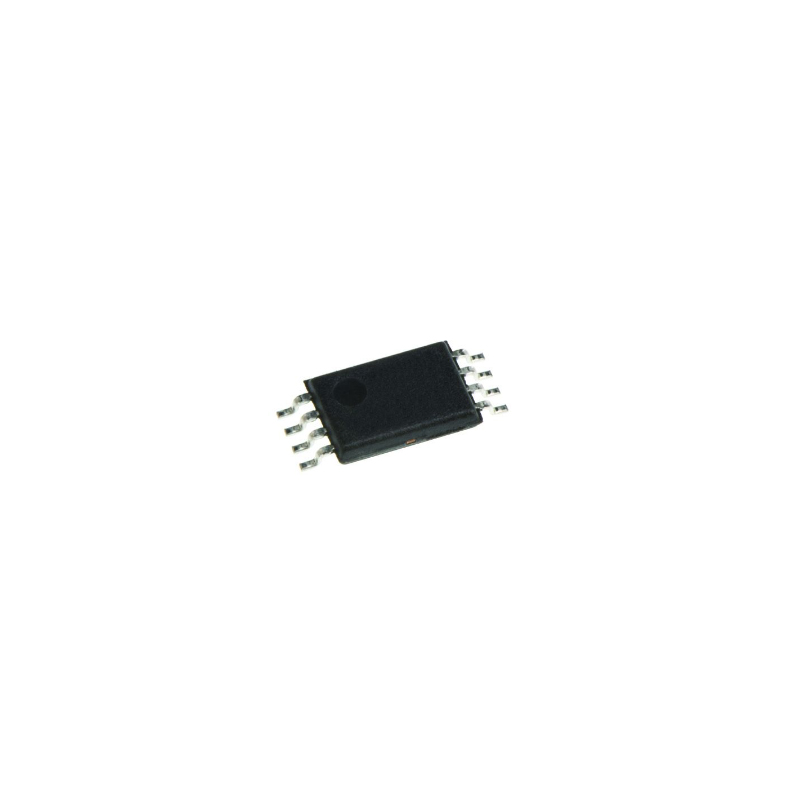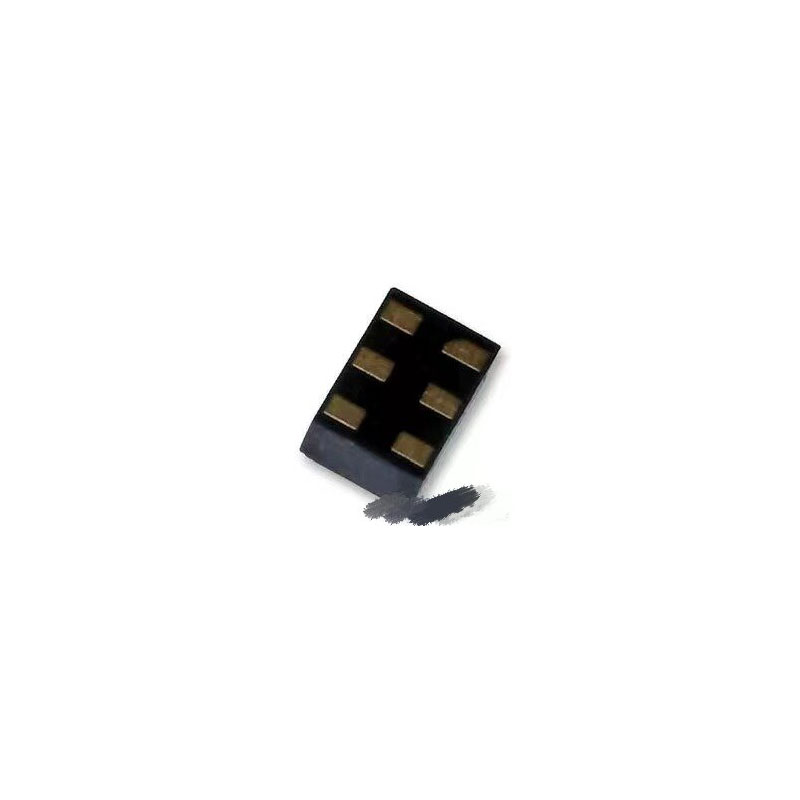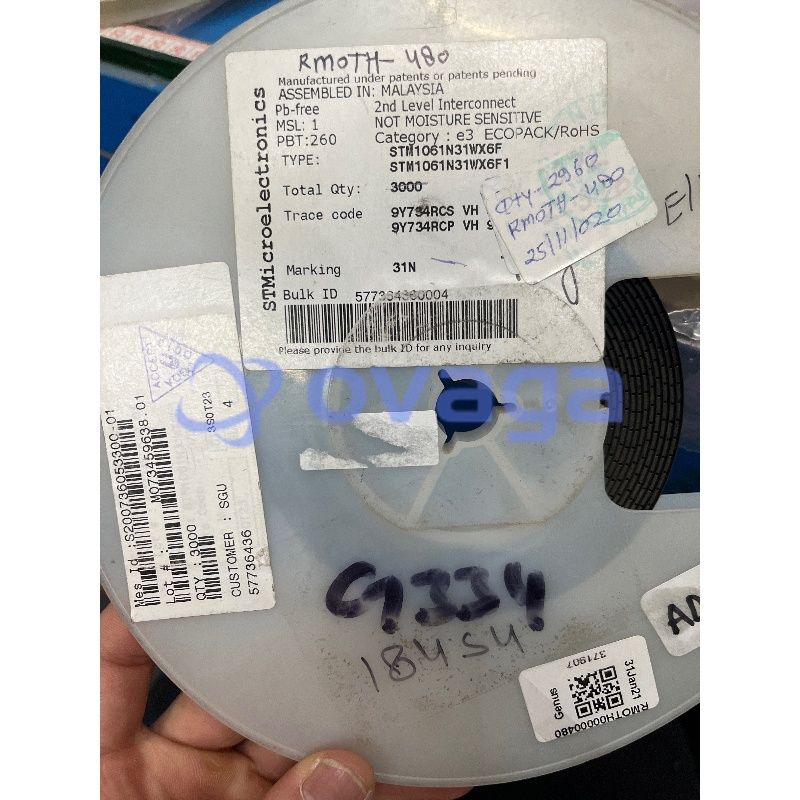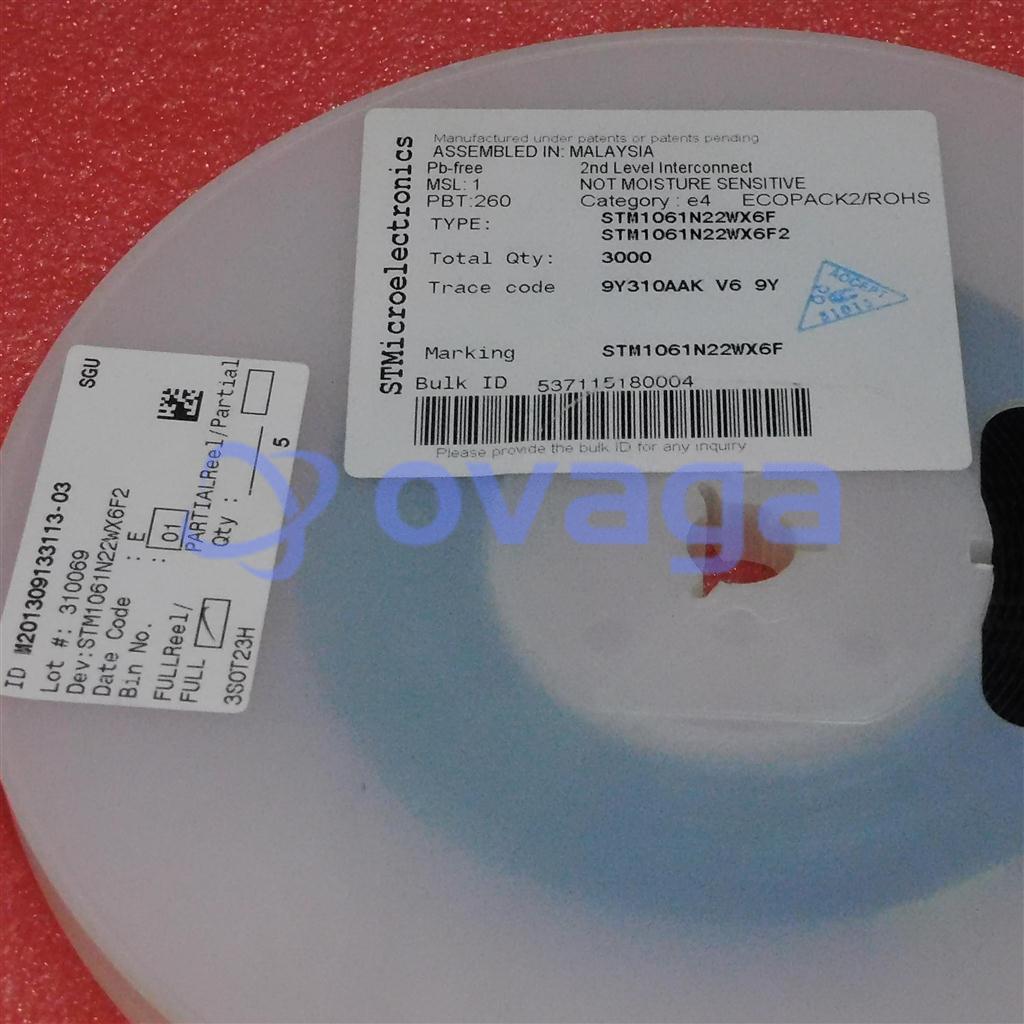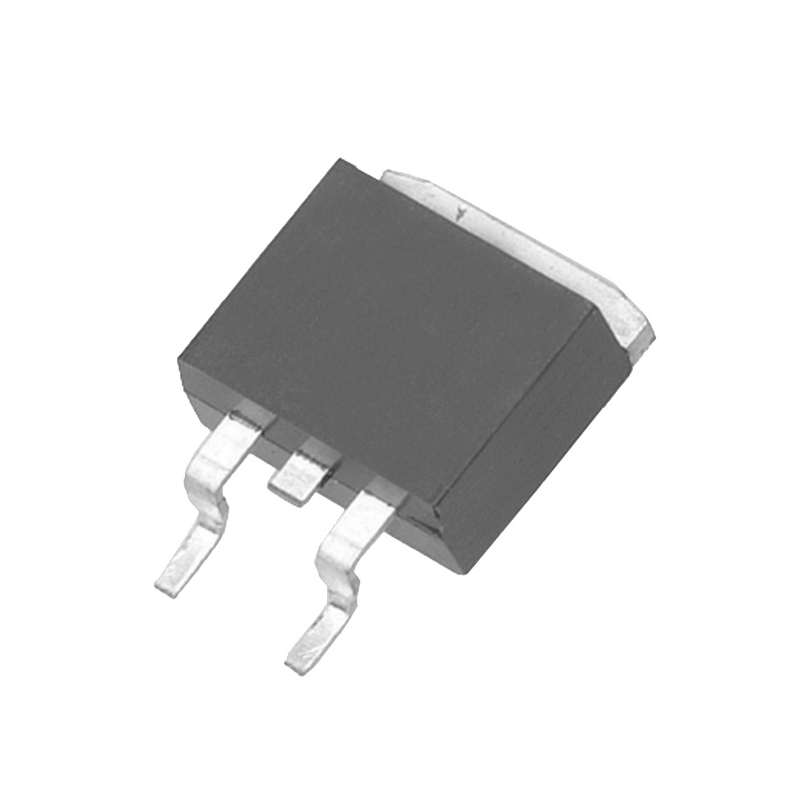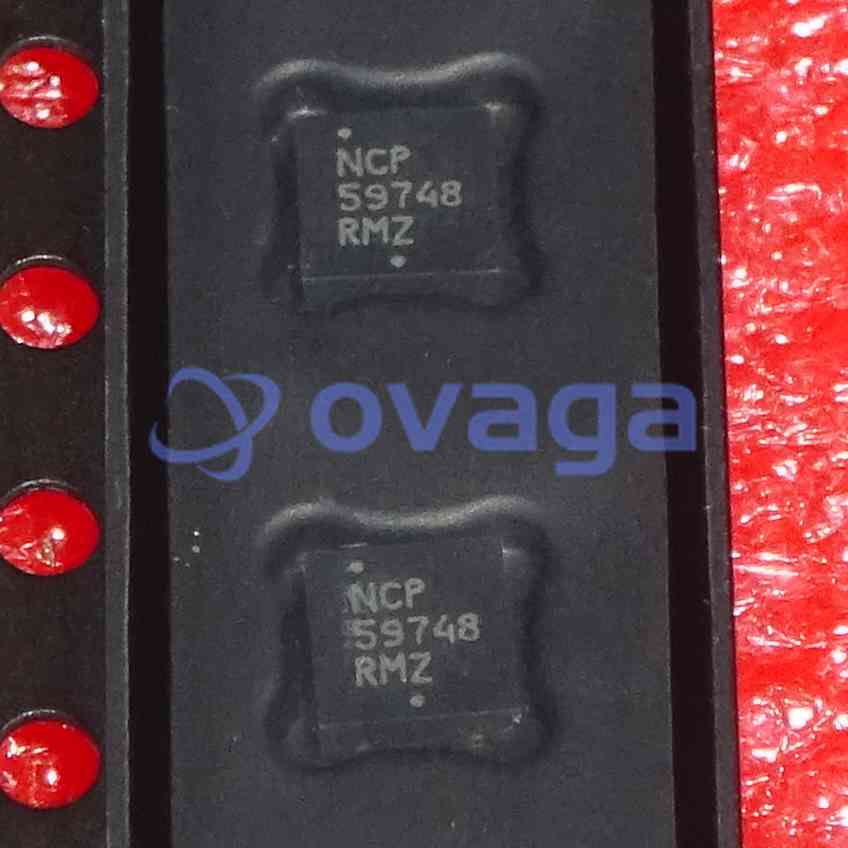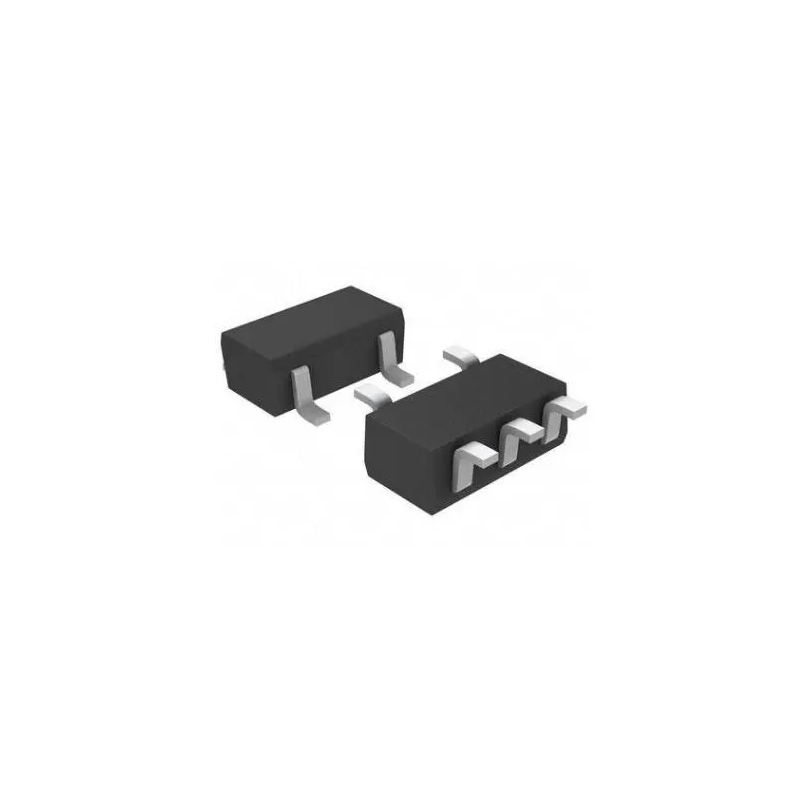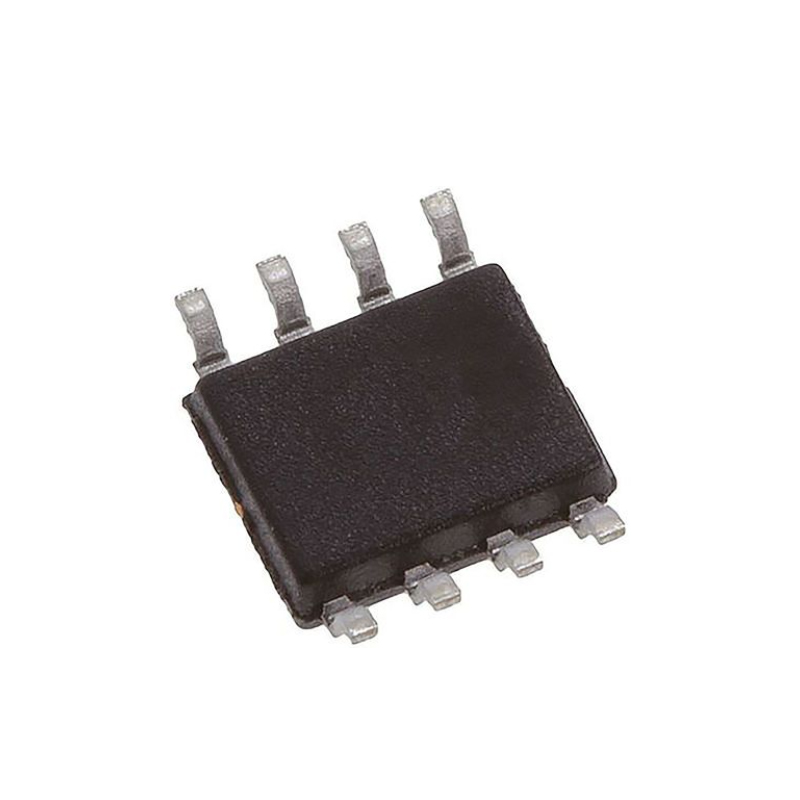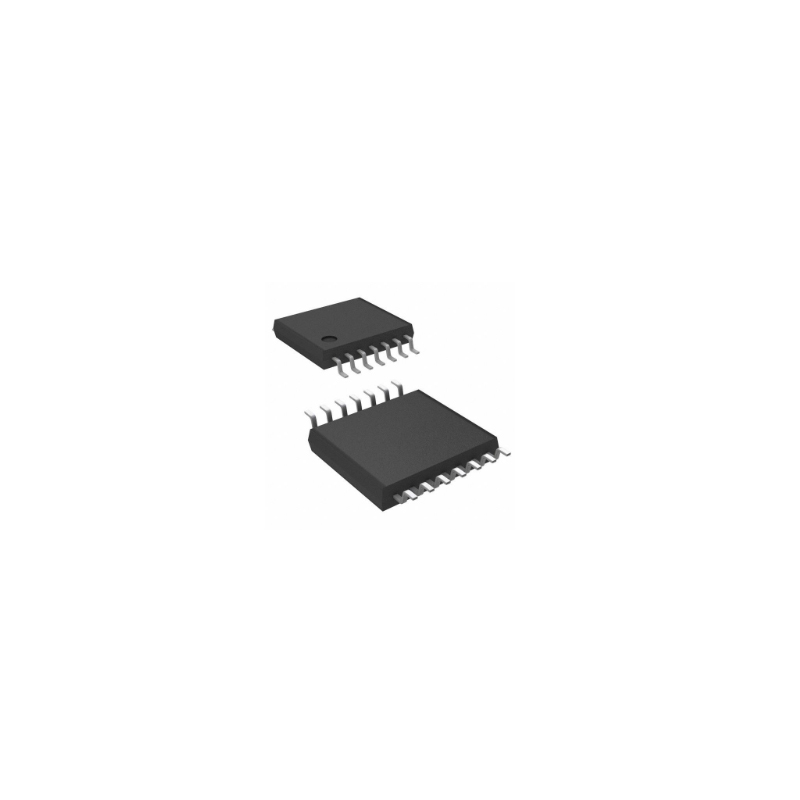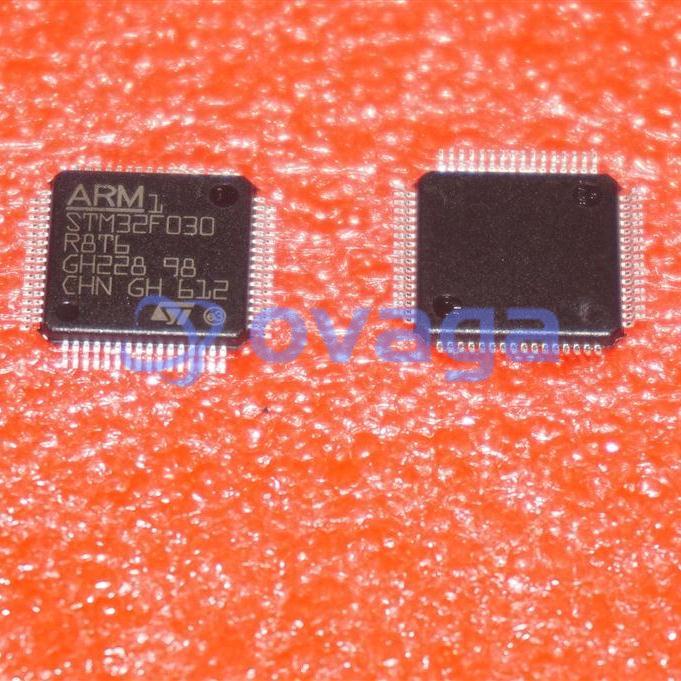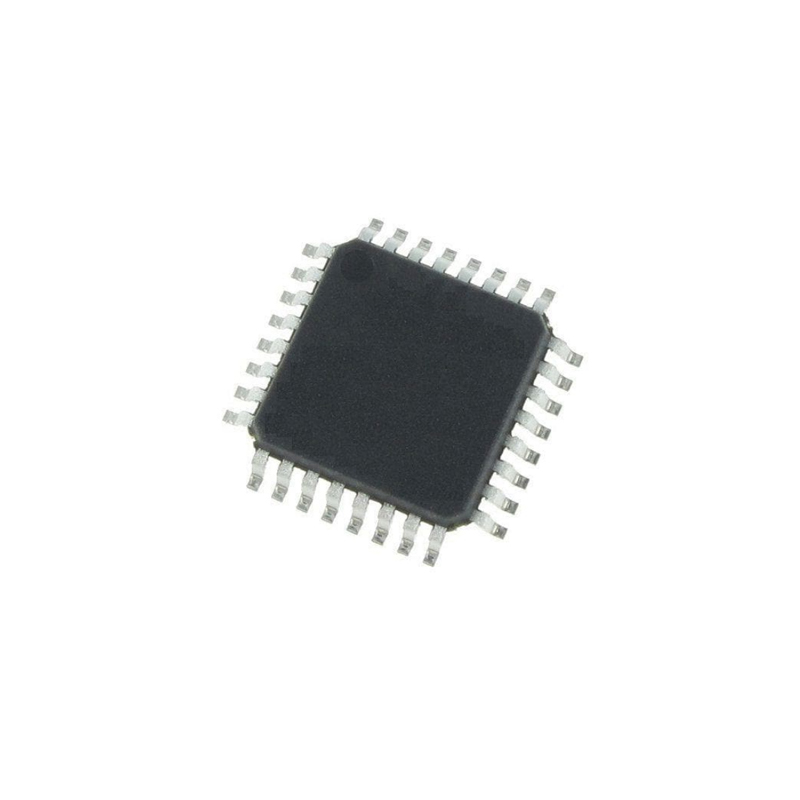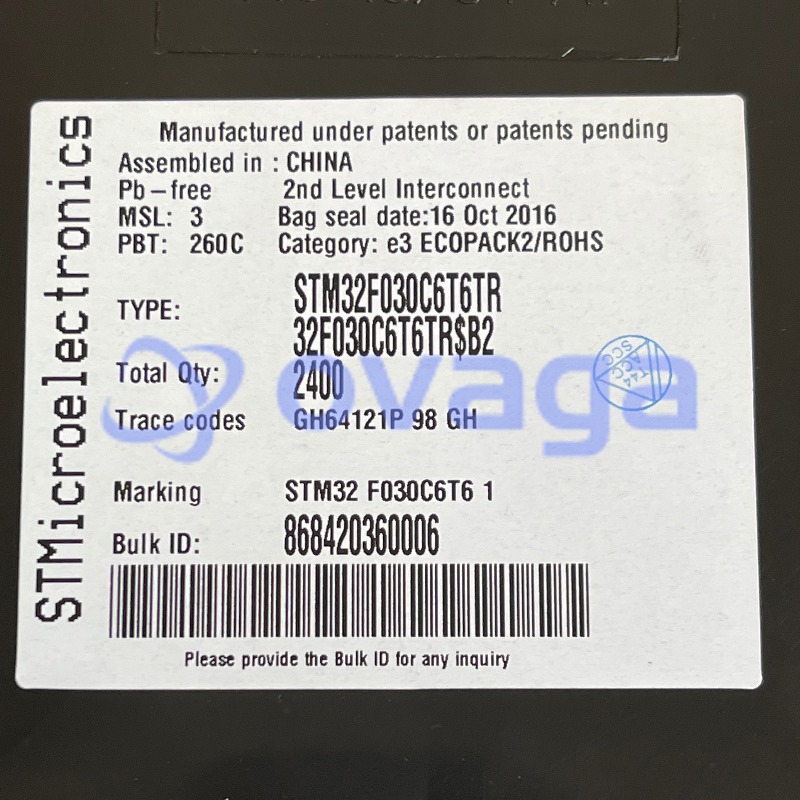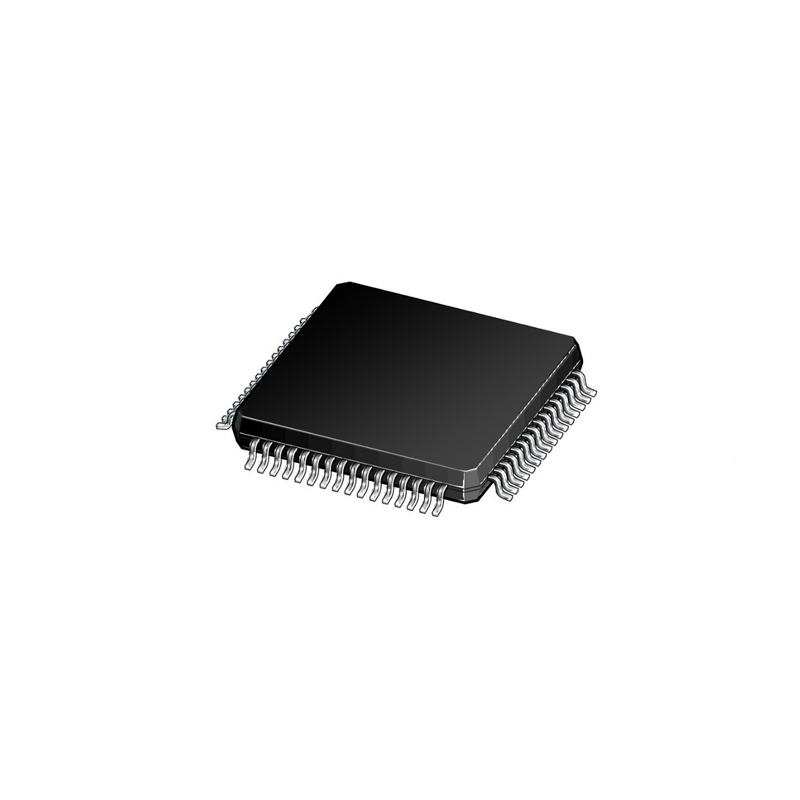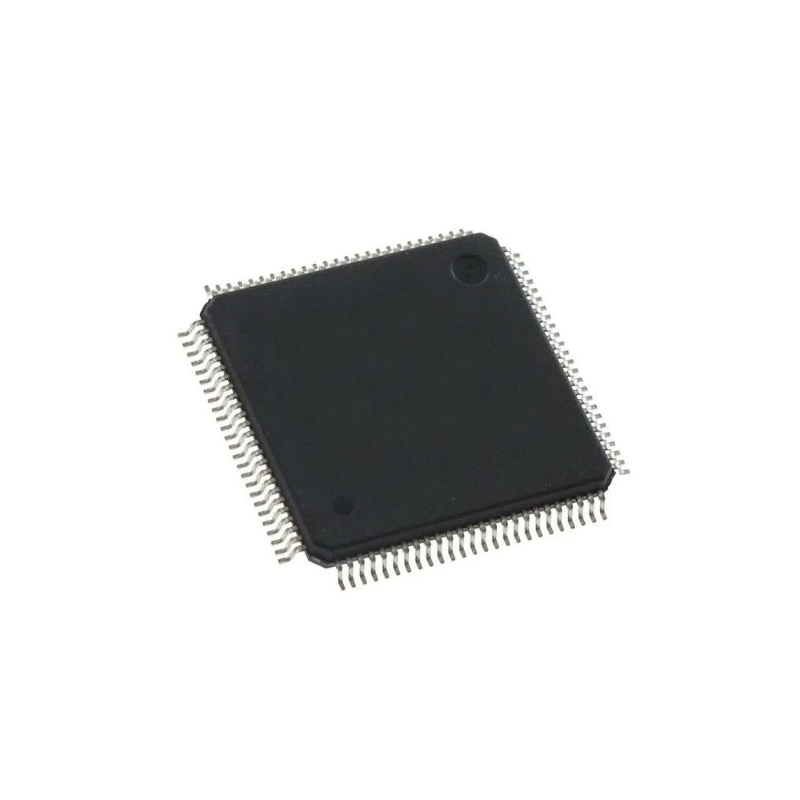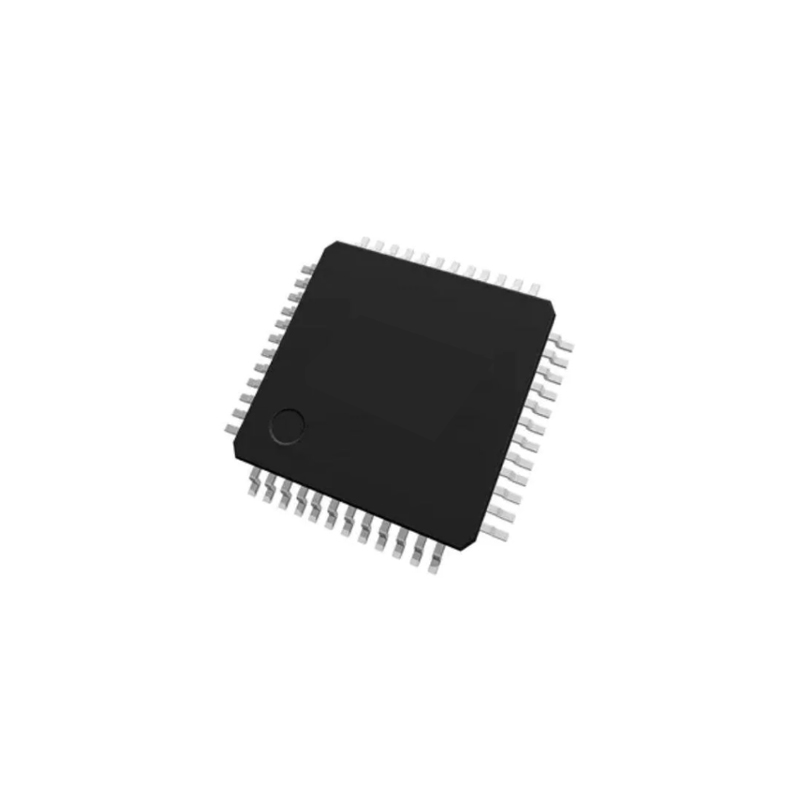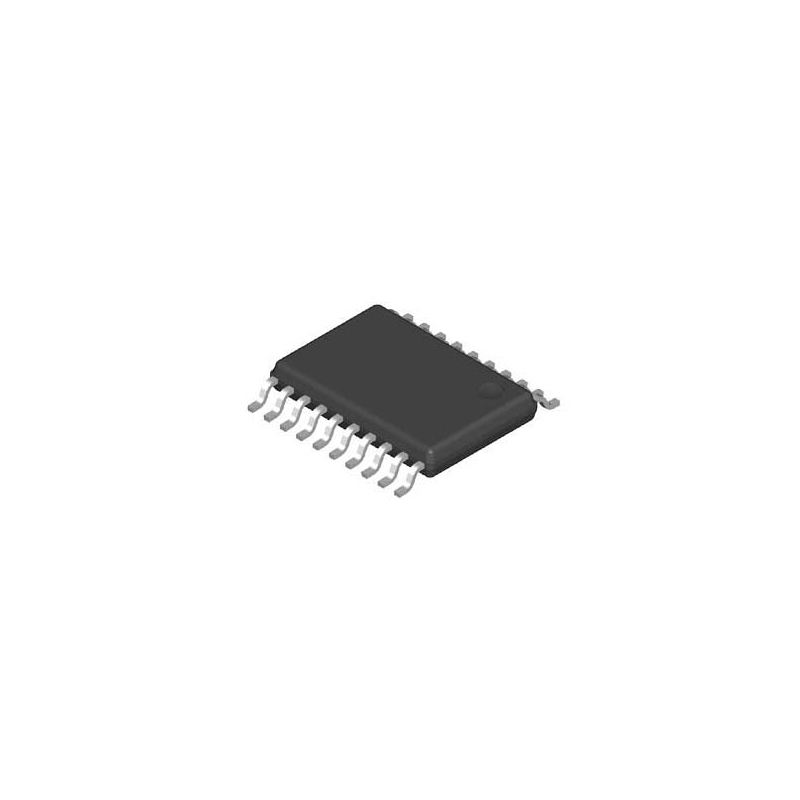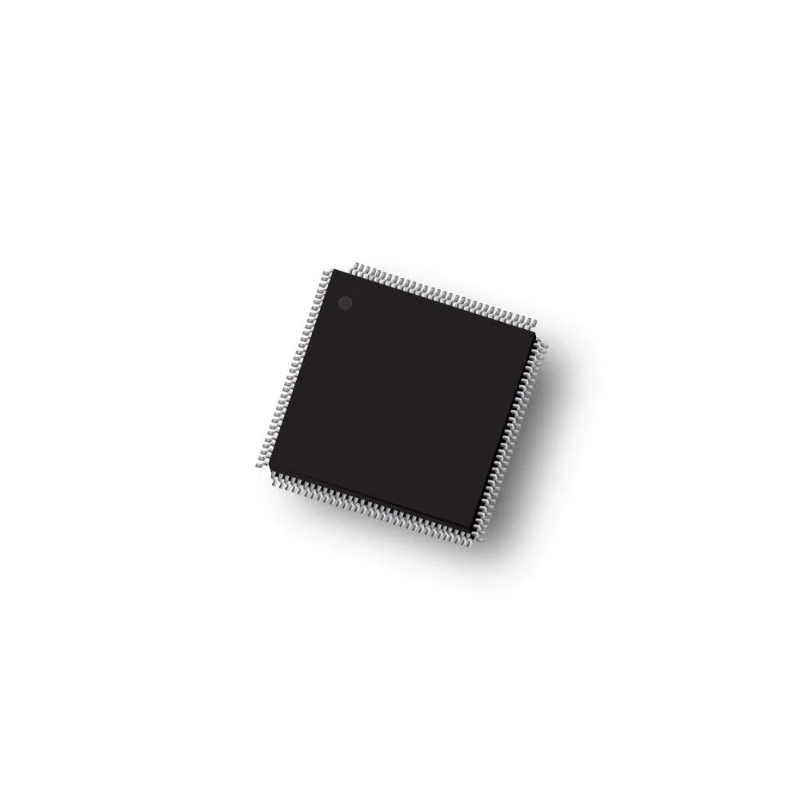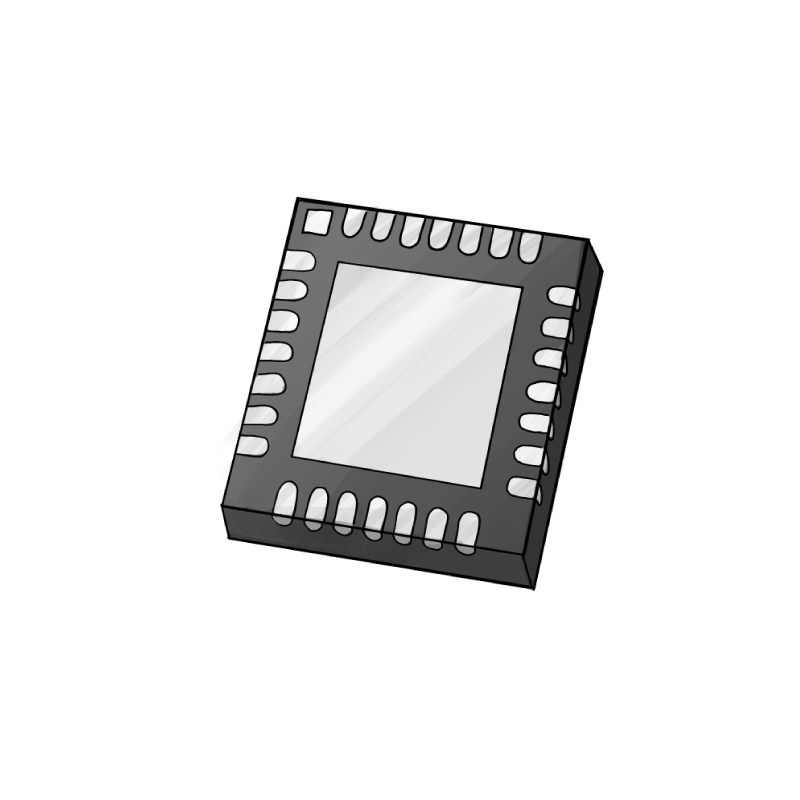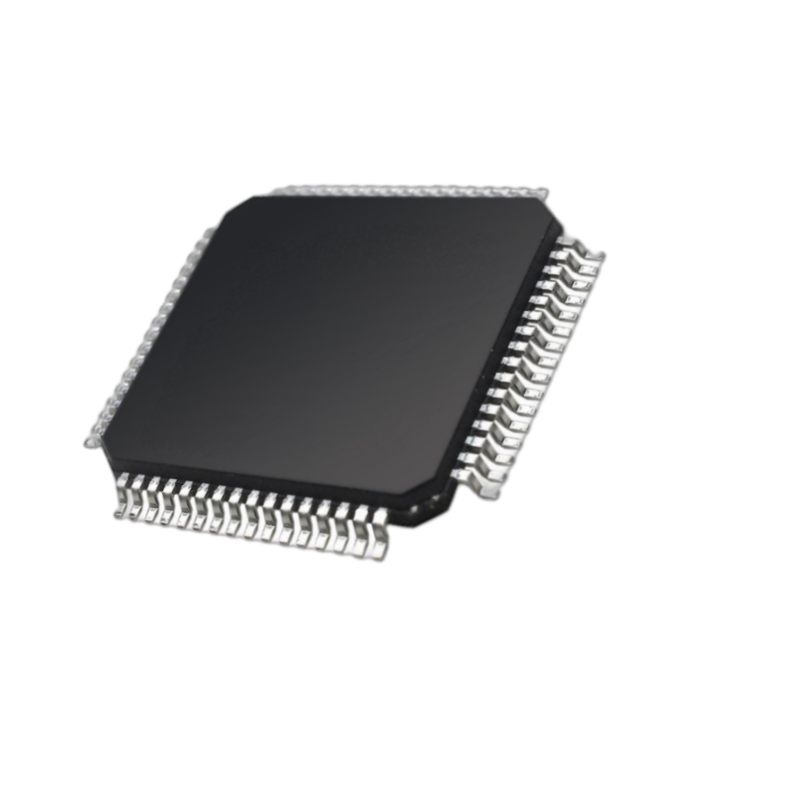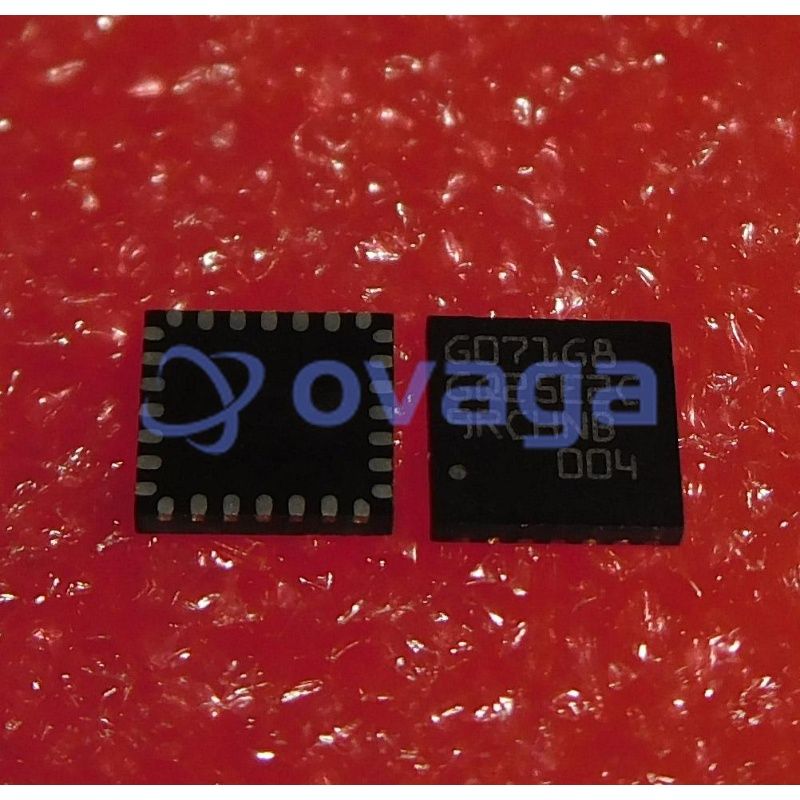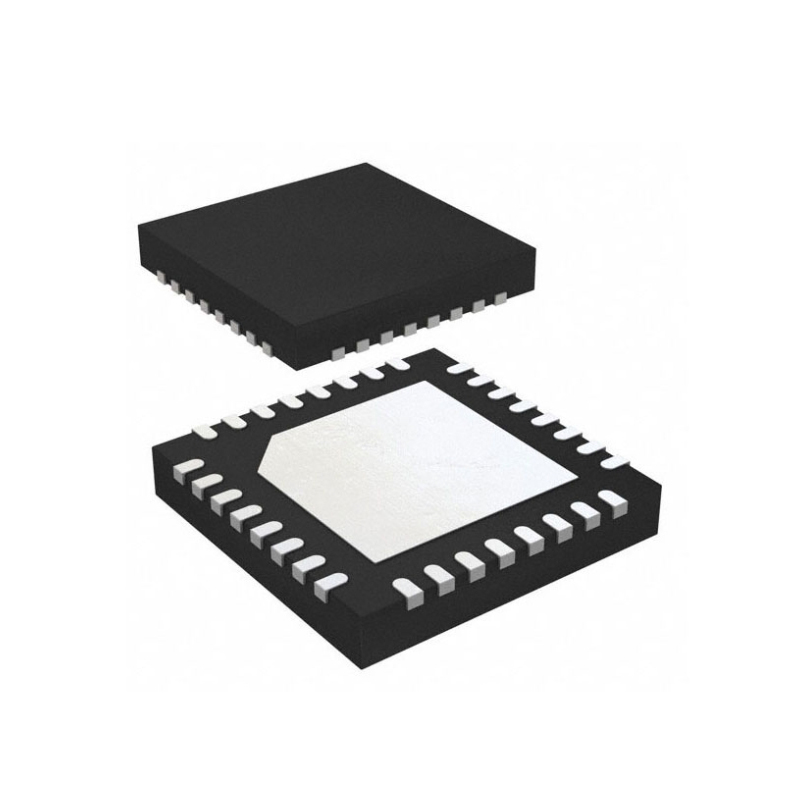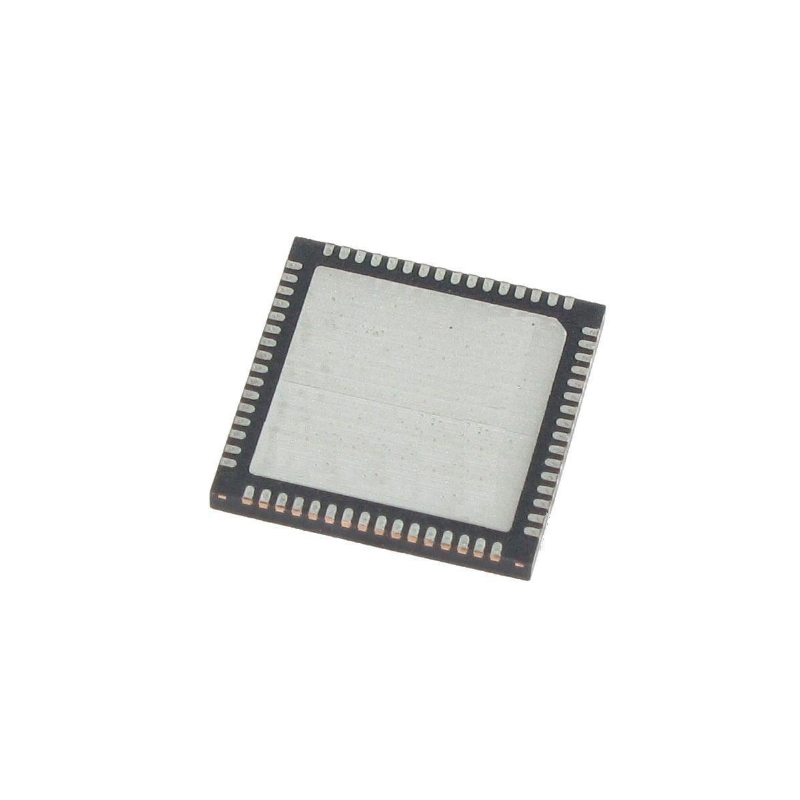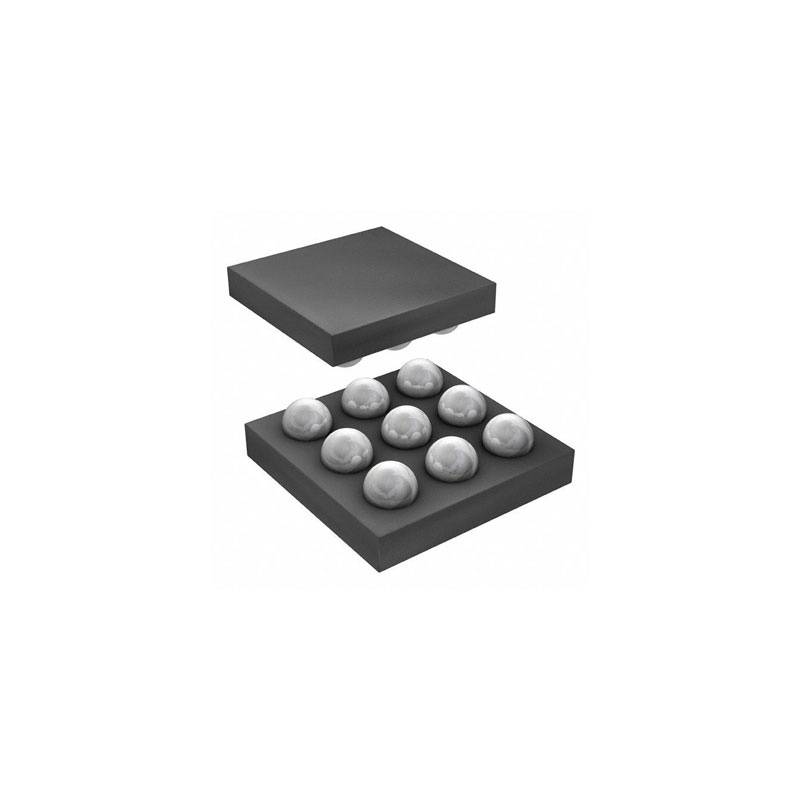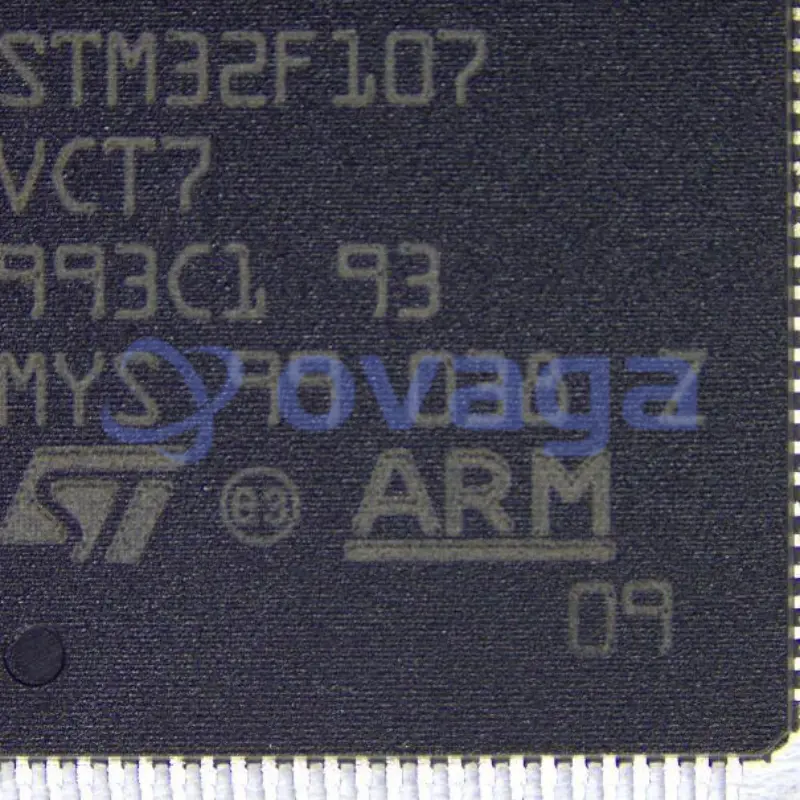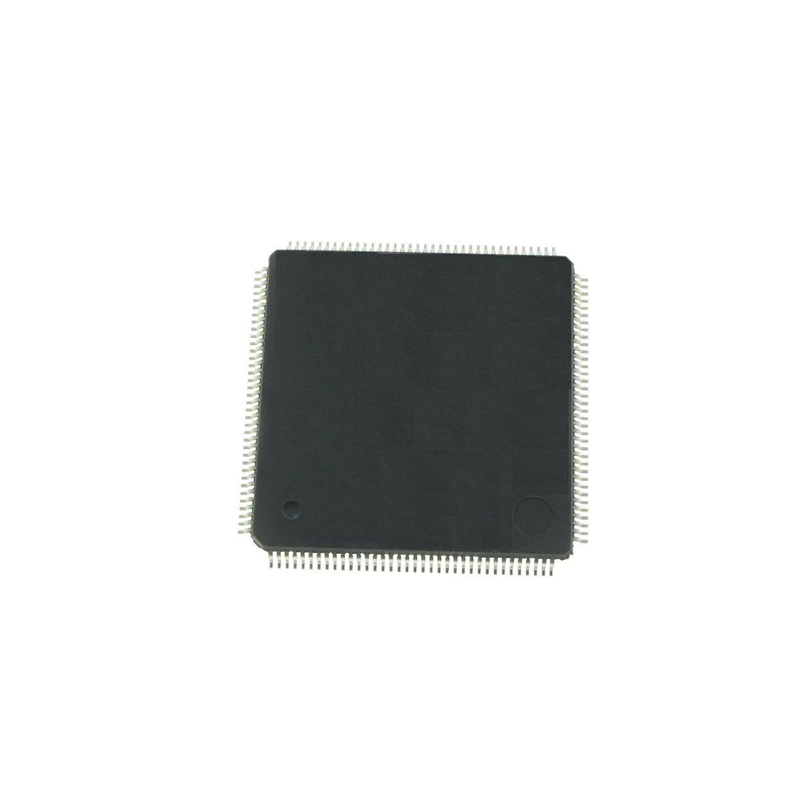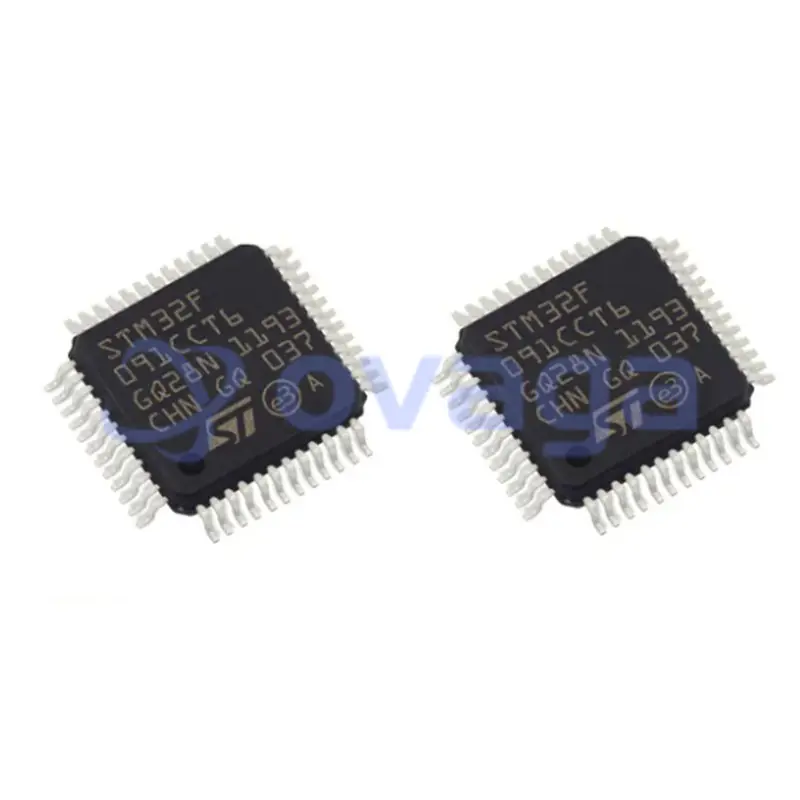Intelligent Access Control Design of Server Room Using NB-IoT Technology
Update Time: Apr 03, 2023 Readership: 2893
Contents
With the continuous development of smart campus, the access control system of school computer room is also gradually intelligent. In this paper, we design a computer room access control system using NB-IoT technology. The access control system uses Arduino Mega2560 Pro as the main control and NB-IoT communication method.
The system uses the fingerprint recognition module to identify the personnel; the relay to control the opening and closing of the electromagnetic lock; and the LCD display to show the information of fingerprint entry and temporary authorization code input.
The battery voltage, identification and other information are transmitted to the Ignite platform via NB-IoT for remote monitoring. When temporary access control is needed, the administrator can log in to the Lighting Technology platform (or APP) to unlock the door remotely.
1. Overall system design scheme
The computer room access control system uses Arduino Mega2560 Pro as the main controller, including fingerprint recognition module for identification, NB-IoT module for data transmission, relay electromagnetic lock module, LCD display for information display, matrix keyboard, battery voltage detection circuit, and humanized voice announcement module.
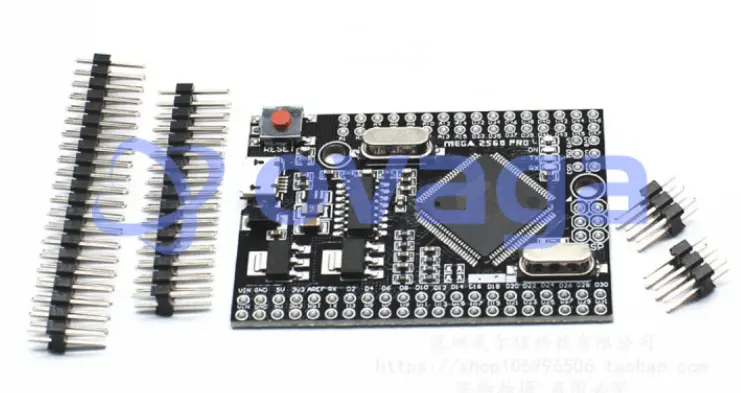
2. Terminal Hardware Design
2.1 Main Controller
The main controller of the system is Arduino Mega2560 Pro. The size of this board is 38 mm×55 mm, which is smaller than the size of common Arduino UNO boards; the small size of the board also makes the size of the terminal relatively small. The Mega2560 Pro has 54 digital interfaces (I/O ports), 15 of which can be used as direct PWM outputs.
The indicator flashes when data is passed through the ATmega8U2/ATmega16U2 (except for ports 0 and 1). Any digital interface of the Mega2560 Pro can be used as a communication interface by using the SoftwareSerial library.The Mega2560 Pro product parameters are listed.
2.2 NB-IoT Module
The system identification, battery voltage and other information are transmitted to the IoT platform via NB-IoT. The NB101 has IPEX antenna holder, 5 V to 3.3 V LDO regulator, MicroSIM card holder, ESD protection circuit and other resources; users can quickly develop NB-IoT-based products by focusing on the upper layer applications.
The module has three operating modes: wake-up (Active state), light sleep (Idle state), and deep sleep (PSM state). When the module is in the wake-up state, all functions are normally available and data can be sent and received. When the module is in light sleep state, the network is in DRX/eDRX state and can receive paging messages; when the module is in deep sleep state, only the internal RTC is working and the network is in non-connected state [4].
The module has 8 common interfaces, including the power interface VDD and GND, the module UATR communication interface TXD and RXD, the module TXD is the transmit data interface, connected to the RXD of the master; the module RXD is the transmit data interface, connected to the TXD of the master. 2 pins are 3.0 V signal level, when connected to the 3.3 V master, a 1 kΩ resistor should be connected in series. LDO The module also has two communication indicator pins: the NET network indicator status output pin and the asynchronous message notification pin.
2.3 Fingerprint Recognition Module
The AS608 optical fingerprint recognition module, which has an integrated fingerprint recognition algorithm, can quickly collect and recognize fingerprints; this module is especially common in safes, time and attendance machines, and access control systems. The data sent and received between the fingerprint recognition module and the main control are packaged according to a certain command format.
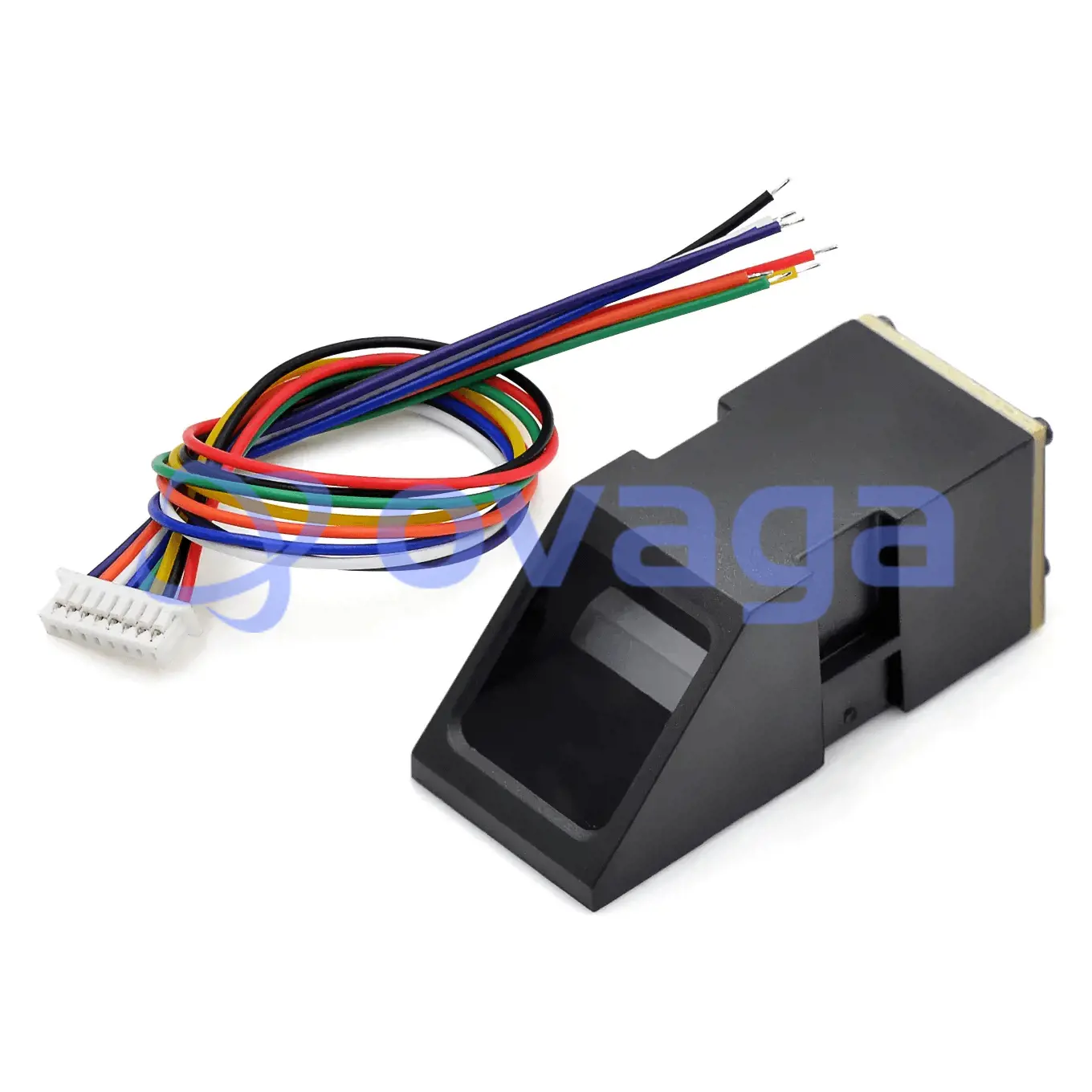
When parsing the data package must also follow the prescribed instruction format parsing. There are 3 types of module instruction modes: packet format, named packet format and end packet mode. Instruction packets and data packets include: packet header, chip address, packet identifier, packet length; the difference between data packets and end packets is the packet identifier. After the instruction packet or answer packet must be followed by the data packet, and the data packet cannot enter the execution process alone.
The AS608 optical fingerprint recognition module uses the principle of refraction and reflection of light [5]. The fingerprint recognition module has two basic functions: one is to collect the fingerprint image information; the other is to compare the new fingerprint with the original one for the purpose of identification. In the fingerprint recognition module there are light-emitting diodes and charge-coupled devices (CCDs). The light-emitting diode provides the light source for the module, illuminating the fingerprint on the finger; the CCD is a set of photodiodes, each of which records one pixel.
There is an analog-to-digital converter in the module that converts the pixels recorded by the photosensitive devices into analog electronic signals, thus digitizing the image. When the finger is placed on the trigonal prism of the fingerprint recognition module, the light emitting diode provides the light source to illuminate the fingerprint and the light is directed to the trigonal prism from the bottom.
The refraction angle of the light beam on the uneven fingerprint pattern and the light and darkness vary, and the CCD collects the picture information with different degrees of light and darkness, thus completing the fingerprint acquisition [6].
2.4 Access Control Lock
The system uses electromagnetic locks instead of ordinary mechanical locks to achieve automated control. The access control lock module consists of an electromagnetic lock and an optocoupler isolated relay.
The main controller pins cannot drive the electromagnetic lock directly, so an optical isolation relay needs to be added at the front of the electromagnetic lock [7]. When the optical fingerprint recognition module recognizes the existing fingerprint, the main controller sends a signal to make the relay suck the electromagnetic lock energized and the door opens.
The relay has two types of contacts, normally closed and normally open, and to reduce power consumption, the normally open contact is used in this system. When energized, the normally open interface is shorted to the COM common interface. The IN interface in the module is connected to the master control, and the relay can be activated by the high and low level output of the master control pins. The trigger mode of the module (high level trigger or low level trigger) can be selected by jumper.
2.5 Voice Annunciation Module
The voice announcement module in the system realizes the humanized design of the system. The voice announcement module is mainly used for the announcement of operation information such as identification, fingerprint entry and deletion.
The voice announcement module adopts Chinese TTS text-to-speech synthesis module. The module can convert Chinese characters, upper and lower case English letters and numbers into speech output directly. For example, to play "Fingerprint deleted successfully", the code is Serial.print ("Fingerprint deleted successfully").
The module communicates through the UART serial port, and the TXD and RXD of the module are connected to the RXD and TXD of the main controller respectively.
In the process of using this module, it should be noted that the delay statement should be added after the voice output, i.e., it needs a certain time for the voice module to read through the playback information.
2.6 Battery voltage detection circuit
To prevent the problem of not being able to open the access control into the room during a power failure, a rechargeable battery is built into the system. Battery voltage is one of the important parameters of the battery, and the system collects the voltage and transmits the data to the platform.
The analog interface of the master control has a maximum input voltage of 5 V, so the voltage is collected using a resistor series voltage divider [8]. There is one more issue to consider in the battery voltage detection circuit: the resistor in the circuit should not be too small, otherwise it will cause the battery to continuously power the whole circuit and will consume a lot of battery power.
To address this problem, an NMOS tube can be connected in series with the resistor in the series voltage divider circuit, and when the battery voltage does not need to be detected, the master output goes low to disconnect the NMOS and reduce the battery consumption [9].
2.7 LCD display
Fingerprint entry, deletion, verification, and access control opening information are displayed on the LCD12864 screen [10]. The common LCD12864 display has too many interfaces, which are not only troublesome to wire but also take up too many pins of the main controller.
Therefore, the system uses an I2C interface display, which can be used for data communication with a total of four wires plus the power supply. The main controller chip of this display is ST7920, which is a COB (chip direct mount technology) LCD display with internal GB2312 Chinese font. To display Chinese, you only need to extract the internal code by using the Chinese language library internal code extraction software.
The display is not only convenient to display Chinese, but also can display BIN format pictures, just need to store the pre-made pictures to the display with the corresponding download tool, and then can be successfully displayed through the main control program control.
The display has 8 pins, just connect 5 of them to communicate. 5 pins are GND, VDD, SCL, SDA, BUSY, where GND and VDD are power supply, SCL is I2C clock signal line, SDA is I2C data signal line, BUSY is busy signal, high level is busy, low level is idle.
The SCL of the display is connected to pin D21 (SCL) of the master Mega2560 Pro; the SDA of the display is connected to pin D22 (SDA) of the master Mega2560 Pro; and BUSY is connected to pin D34 of the master.
3. Programming
After system initialization, fingerprint entry is performed first. When someone places his finger on the glass plate of the fingerprint recognition module, the fingerprint recognition module starts to collect the current fingerprint and make comparison.
After comparison, if it is the previously stored fingerprint, the relay will be energized and the electromagnetic lock will be opened, and after opening the access control, the voice announces "access control is open" and the display shows the access control opening information. Verify the successful fingerprint ID number through the NB-IoT transmission to the Internet of Things platform (point light technology); management personnel can log into the platform or APP to view access control opening information.
When the person without authority needs to enter, the manager can unlock the door through the platform remote control, or can enter through the temporary authorization code informed by the manager.
4. Conclusion
The intelligent access control of the server room designed in this paper realizes identity recognition through optical fingerprint recognition module. The LCD display and voice announcement module are used to realize a friendly human-computer interaction interface. The NB-IoT module is used to achieve remote monitoring and control.
When people without authority need to enter the machine room, the manager can control it remotely through the platform or APP. The system has a built-in rechargeable battery, which can solve the problem that managers cannot enter the server room for inspection due to power failure. The system improves security and reliability compared with the traditional mechanical access control, and also improves the intelligence level of the campus.
Popular Blogs
-

The Comparative Anal...
Active filters use active components such as tra...
-

How DSP Improves the...
Have you ever thought the integrated Digital Sig...
-
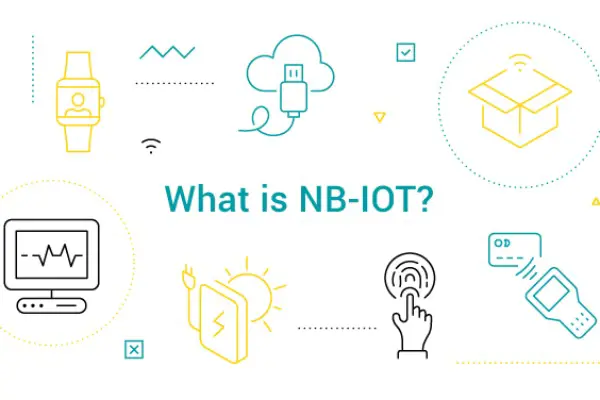
What is NB-IoT Techn...
NB-IoT (Narrow Band Internet of Things, NB-IoT)...
-
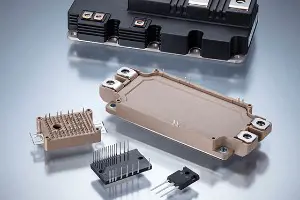
IGBT Latest Developm...
In this article, our team will introduce the lat...



